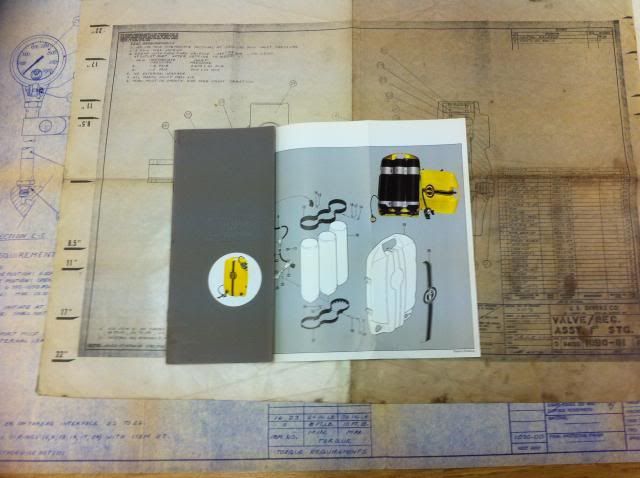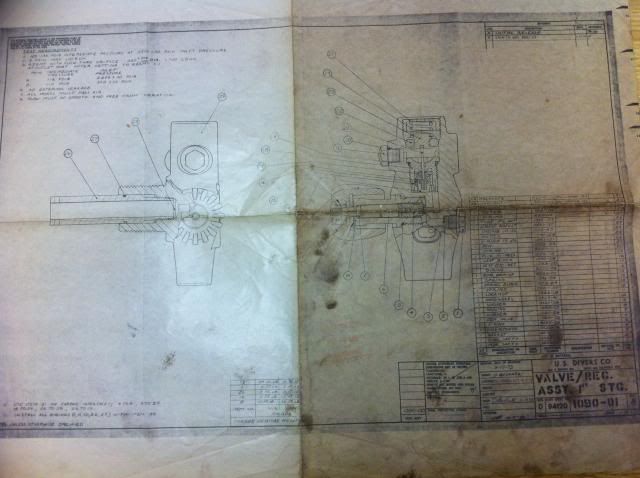- Messages
- 5,141
- Reaction score
- 4,150
- # of dives
- 5000 - ∞
~~~~~~~~~~~~~~~~~~~~~~~~~~~~~~~~~~Sam, the most Commeinhes unit was the GC-42. It was the one with the painted logo on the housing you describe. It is also the one in all the photos and articles. Here is the link to the logo from the housing:
Commeinhes
I did not know Cousteau personally but I have spent a significant amount over the past 12 years visiting with and corresponding with dozens of people who worked very closely with Cousteau for decades. I know most of the family. I also know many people who had both personal and professional connections both positive and negative.
I am fully aware of the depth of his personality and his life. My experience goes beyond what what has been written. There are certainly negative aspects to the man and no one who knows anything denies that. I must say that his detractors have spent a lot of energy sighting the same well documented sources and often time exaggerating and miss representing certain accounts. Of all the people I have spent time with that knew him and worked closely with him their overall impression of Cousteau and his accomplishments were positive. None of these people are under any impression that he was without significant faults.
Cousteau was an interesting and complicated man. You don't have to idolize him to know this. He accomplished much more than most people over a very long period of time. He was able to bring together many of the most talented people of the time to work towards his vision. Together they influenced the way we interact with the sea as well as public perceptions of the sea. There is also no doubt that without Cousteau the dive industry would not be what it is today for better or for worse. I would contend mostly for the better.
You can feel free to make assumptions about my motivations in researching Cousteau and his collaborators. I think it is easier and more productive to ask than to tell.
-Ryan
You certainly nailed it!
He was indeed one who was a thinker and doer..
I recall so many years ago when a number of us meet with him to discuss new products.. The wet suit was just introduced we had presentable spear guns - in our minds nothing more was needed.
I asked JYC "What more did he have in mind for diving?" He looked at my name tag, thought for a while and replied " Sam, I have so many things in my mind to explore and make that I doubt if I will have time to complete then all (or words to that effect)" And indeed he did.
Less than ten years later I was a guest on board while his Denise dove to several thousand feet in the Scripps canyon.
He never stopped thinking and doing..
SDM
---------- Post added February 19th, 2014 at 10:10 AM ----------
~~~~~~~~~~~~~~~~~~~~~~~~~~~~~~~~~~~~~~~~~~~~~~
Iain,
Great collection of US Diver blue prints.
I also had a small selection of US Diver blue prints from long ago-- gave them to a friend who stored them under a tarp and they were destroyed - gone forever.
Who signed off on the prints? I seem to recall Sam Gupta was the chief engineer during that time.
Difficult to comprehend that they migrated from Santa Ana California to jolly old England.. Good for you! Keep them safe and sound
SDM







